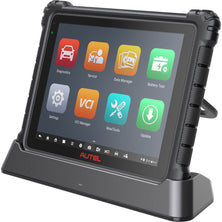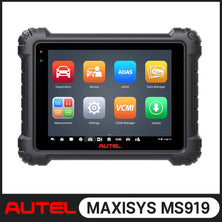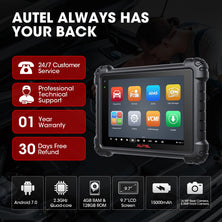
Tesla Model 3 Diagnostic
1. How to Diagnose a Tesla Model 3?
How do you run a diagnostic on a Tesla Model 3? Which diagnostic tool can access Tesla Model 3? If you need to know the answer, you've come to the right place!
2. About Tesla Model 3
Tesla Model 3 sedan is the most affordable offering from the American automaker. Tesla introduced the model back in 2017. With a near ideal blend of performance, driving range, and accessible pricing, the 2022 Tesla Model 3 is an electric vehicle that lives up to the hype. It's fast—especially the Performance trim—and agile, which means the Model 3 is an EV that driving enthusiasts like us can get behind. We even named it to our 2022 Editors' Choice list. The driving range is an impressive 358 miles per charge on the mid-level Long Range trim, so it's unnecessary to charge the Model 3 daily. Its attractive entry price doesn't unlock the Model 3's full potential, though, and its fit and finish don't quite match alternatives such as the Chevy Bolt and Ford Mustang Mach E. Still, there's not a more inexpensive way to park one of Tesla's groundbreaking EVs in your driveway.
3. What Systems can Tesla Model 3 Diagnose?
- Battery Management System
- Charging Port
- Compressor
- Drive Inverter
- Drive Inverter System
- Driver Assist
- Electric Stability Program
- Park Assist System
- Positive Temperature Coefficient
- Restraints Controller Module
- Tyre Pressure Monitor System
- iBooster

All these systems can diagnose with Autel MaxiSys Ultra EV. The MaxiSys UltraEV combines Autel's MaxiSys Ultra with the MaxiSYS EV Diagnostics Upgrade Kit (EVDIAGKIT).
More Diagnostic Tools for Tesla Model 3:
